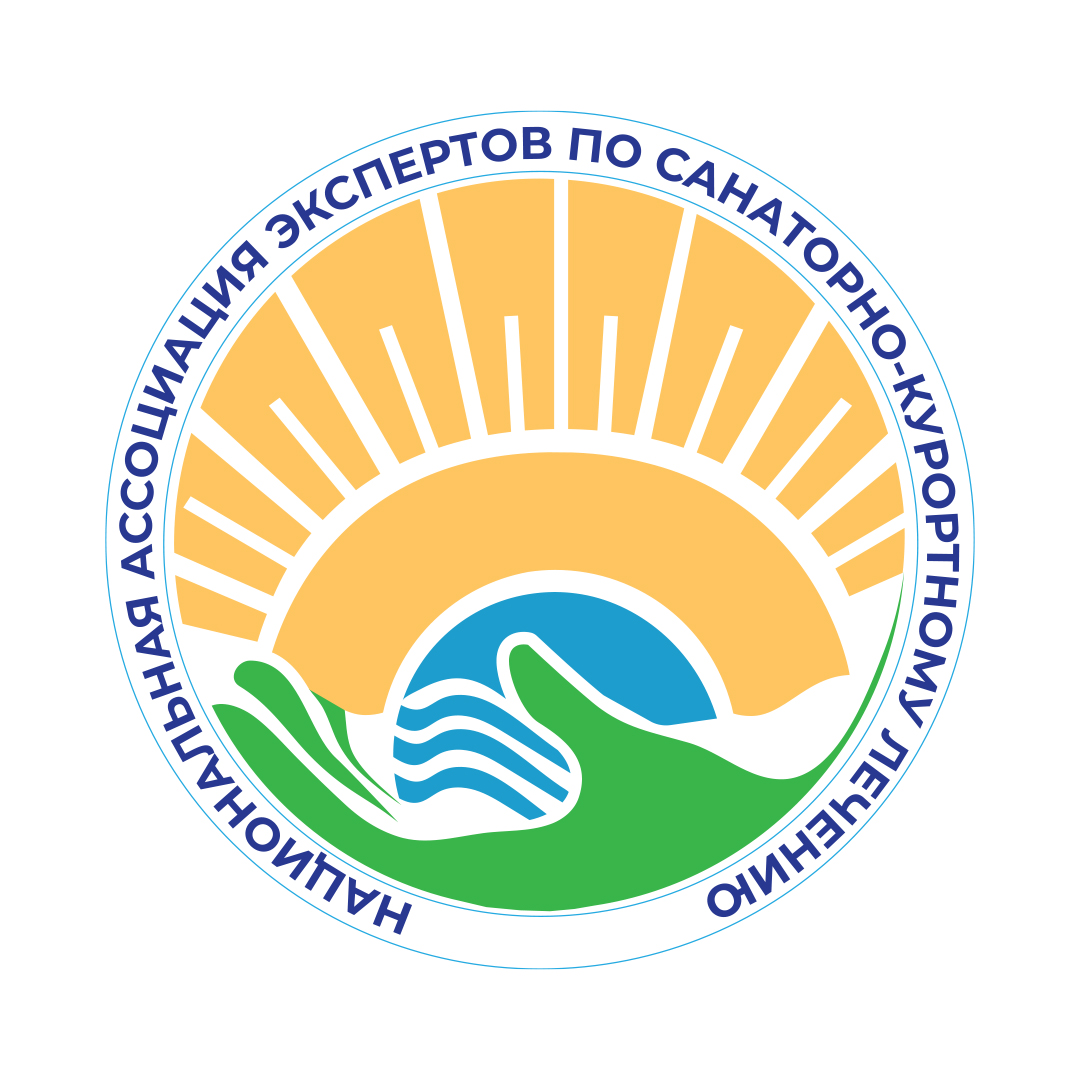Issue 23-3, 2024
Original article
Non-invasive laser therapy effect on lipid profile and renal function in metabolic syndrome: randomized control trial
1 ![]() Toka S. Abd El-sabour, 1
Toka S. Abd El-sabour, 1 ![]() Nagwa h. Badr, 2
Nagwa h. Badr, 2 ![]() Fatma A. Attia, 1
Fatma A. Attia, 1 ![]() Rana H.M. Elbanna
Rana H.M. Elbanna
1Department of Cardiovascular, Respiratory Disorders, and Geriatrics, Faculty of Physical Therapy, Cairo University, Giza, Egypt
2 Faculty of Medicine for Girls, Al-Azhar University, Cairo University, Giza, Egypt
ABSTRACT
INTRODUCTION. Metabolic syndrome (MetS) represents an assortment of interconnected metabolic risk factors, particularly central obesity, dyslipidemia, and hyperglycemia. These variables have a detrimental impact on renal function and contribute to increased mortality. This timeline necessitates a prompt approach that enables the deployment of safe and non-intrusive therapeutic equipment in conjunction with therapy for MetS patients. Accordingly, we aim to investigate whether using a low-level laser (LLL) watch device as a non-invasive instrument enhances multiple metabolic parameters, so it may be a practical therapeutic approach for managing metabolic disorders.
AIM. To investigate the effect of non-invasive laser therapy on parameters of lipid profile and renal function in patients with metabolic syndrome.
MATERIALS AND METHODS. This study enrolled 40 MetS patients of both genders aged 45–65 years. The study group received a 12-week treatment consisting of oral hypoglycemic medication and LLL therapy (LLLT), which involved three weekly sessions performed in the morning, targeting the wrist area using a continual output diode laser (skin contact mode, maximum power: 0.005 W, beam spot area: 0.03 cm2, energy density: 288 J/cm3, and radiation time: 1800 s). The control group only received hypoglycemia medications. Laboratory lipid profile and renal function measurements were conducted prior to and following the trial.
RESULTS. Following a 12-week laser watch therapy, the results revealed a significant decline in total cholesterol (TC), triglycerides (TG), and low-density lipoprotein (LDL) levels and an increase in high-density lipoprotein (HDL) levels, which was slightly improved in the control (p < 0.00). Moreover, glomerular filtration rate (GFR) and creatinine levels were significantly improved, while the control group did not experience any significant improvement (p > 0.5).
DISCUSSION. Combining non-invasive laser therapy with hypoglycemic medications significantly improved the lipid profile in patients with MetS; however, kidney function, like GFR and creatinine levels, was enhanced. Furthermore, lower TC and TG levels might be due to the reduction of glycation and promoted LDL receptors which increased LDL catabolism.
CONCLUSION. Non-invasive laser therapy enhances lipid profile and renal function in MetS patients. Furthermore, the control group had a minimal effect on the lipid profile and no effect on renal function.
KEYWORDS: laser watch, mets, dyslipidemia, hyperglycemia, renal function
FUNDING: The study had no sponsorship.
CONFLICT OF INTEREST: The authors declare no apparent or potential conflicts of interest related to the publication of this article.
ДЛЯ ЦИТИРОВАНИЯ:
Abd El-sabour T.S., Badr N.H., Attia F.A., Elbanna R.H.M. Non-Invasive Laser Therapy Effect on Lipid Profile and Renal Function in Metabolic Syndrome: Randomized Control Trial. Bulletin of Rehabilitation Medicine. 2024; 23(3):32-39. https://doi.org/10.38025/2078-1962-2024-23-3-32-39
ДЛЯ КОРРЕСПОНДЕНЦИИ:
Toka S. Abd El-sabour, E-mail: toka.salahh@gmail.com
References:
- Wang H.H., Lee D.K., Liu M., et al. Novel insights into the pathogenesis and management of the metabolic syndrome. Pediatric gastroenterology, hepatology & nutrition. 2020; 23(3): 189–230. https://doi.org/10.5223/pghn.2020.23.3.189
- Al-Mendalawi M.D. Association of new obesity indices: visceral adiposity index and body adiposity index, with metabolic syndrome parameters in obese patients with or without type 2 diabetes mellitus. The Egyptian Journal of Internal Medicine 2021; 33(1). https://doi.org/10.1186/s43162-020-00030-z
- Noubiap J.J., Nansseu J.R., Lontchi-Yimagou E., et al. Geographic distribution of metabolic syndrome and its components in the general adult population: A meta-analysis of global data from 28 million individuals. Diabetes research and clinical practice, 2022; 188: 109924. https://doi.org/10.1016/j.diabres.2022.109924
- Reaven G.M. Insulin Resistance, Cardiovascular Disease, and the Metabolic Syndrome: How well do the emperor’s clothes fit? Diabetes Care. 2004; 27(4): 1011–1012. https://doi.org/10.2337/diacare.27.4.1011
- Elbanna R.H.M., Mogahed H., Zahran M., Mohamed E. The effect of photobiomodulation versus placebo on functional capacity and fatigability in post COVID-19 elderly. Advances in Rehabilitation. 2022; 36(3): 19–25. https://doi.org/10.5114/areh.2022.119900
- Farivar S., Malekshahabi T., Shiari R. Biological effects of low level laser therapy. Journal of lasers in medical sciences. 2014; 5(2): 58–62.
- Ahrabi B., Bahrami M., Moghadasali R., et al. The Effect of Low-Power Laser Therapy on the TGF/β Signaling Pathway in Chronic Kidney Disease: A Review. Journal of lasers in medical sciences. 2020; 11(2): 220–225. https://doi.org/10.34172/jlms.2020.36
- Litscher G., Litscher D. A Laser Watch for Simultaneous Laser Blood Irradiation and Laser Acupuncture at the Wrist. Integrative Medicine International. 2016; 3(1–2): 75–81. https://doi.org/10.1159/000448099
- Fares H.M., Abd El-Monaem H.A.E-M, Abdel A., et al. Effect of Photo-Bio modulation on lipid profile in Patients with type 2 diabetes mellitus: A Randomized Clinical Trial. Journal of Population Therapeutics and Clinical Pharmacology. 2023; 30: 78–87. https://doi.org/10.47750/jptcp.2023.30.03.010
- Serry Z.M.H., El-Khashab S.O., Abd El-Monaem H.A.E-M, Elrefaey BH. Response of glycaemic control to extravascular low level laser therapy in type 2 diabetic patients: a randomized clinical trial. Physiotherapy Quarterly. 2021; 29(4): 42–48. https://doi.org/10.5114/pq.2021.105752
- Kazemikhoo N., Ansari F., Nilforoushzadeh. The Hypoglycemic Effect of Intravenous Laser Therapy in Diabetic Mellitus Type 2 Patients; A Systematic Review and Meta-analyses. Medical & Clinical Reviews. 2015; 1: 7. https://doi.org/10.21767/2471-299X.1000007
- Maahs D.M., Ogden L.G., Dabelea D., et al. Association of glycaemia with lipids in adults with type 1 diabetes: Modification by dyslipidaemia medication. Diabetologia. 2010; 53: 2518–2525. https://doi.org/10.1007/s00125-010-1886-6
- Melekhovets O., Smiianov Y., Rudenko L., et al. Efficiency of the Intravenous Laser Therapy in Metabolic Disorders Correction. Acta Balneologica. 2017; 59.
- El-Mekawy H.S., ElDeeb A.M., Ghareib H.O. Effect of laser acupuncture combined with a diet-exercise intervention on metabolic syndrome in post-menopausal women. Journal of Advanced Research. 2015; 6(5): 757–763. https://doi.org/10.1016/j.jare.2014.08.002
- Liu T.C.-Y., Cheng L., Su W.J., et al. Randomized, double-blind, and placebo-controlled clinic report of intranasal low-intensity laser therapy on vascular diseases. International Journal of Photoenergy. 2012; 2012: 489713. https://doi.org/10.1155/2012/489713
- Olban M., Wachowicz B.X., Koter M., Bryszewska M. The biostimulatory effect of red laser irradiation on pig blood platelet function. Cell Biology International. 1998; 22(3): 245–248. https://doi.org/10.1006/cbir.1998.0251
- Tarek Ali R. Effect of low-level laser therapy on cholesterol and triglyceride serum levels in ICU patients: a controlled, randomized study. 2010; 95–99.
- Ucero A.C., Sabban B., Benito-Martin A., et al. Laser therapy in metabolic syndrome-related kidney injury. Photochem Photobiol. 2013; 89(4): 953–960. https://doi.org/10.1111/php.12055
- Astuti SD, Prasaja BI, Prijo TA. An in vivo photodynamic therapy with diode laser to cell activation of kidney dysfunction. Journal of Physics: Conference Series. 2017; 853. https://doi.org/10.1088/1742-6596/853/1/012038
- Mikhailov V. Development and clinical applications of intravenous laser blood irradiation (ILBI). Laser Therapy. 2009; 18(2): 69–83. https://doi.org/10.5978/islsm.18.69

The content is available under the Creative Commons Attribution 4.0 License.
©
This is an open article under the CC BY 4.0 license. Published by the National Medical Research Center for Rehabilitation and Balneology.




